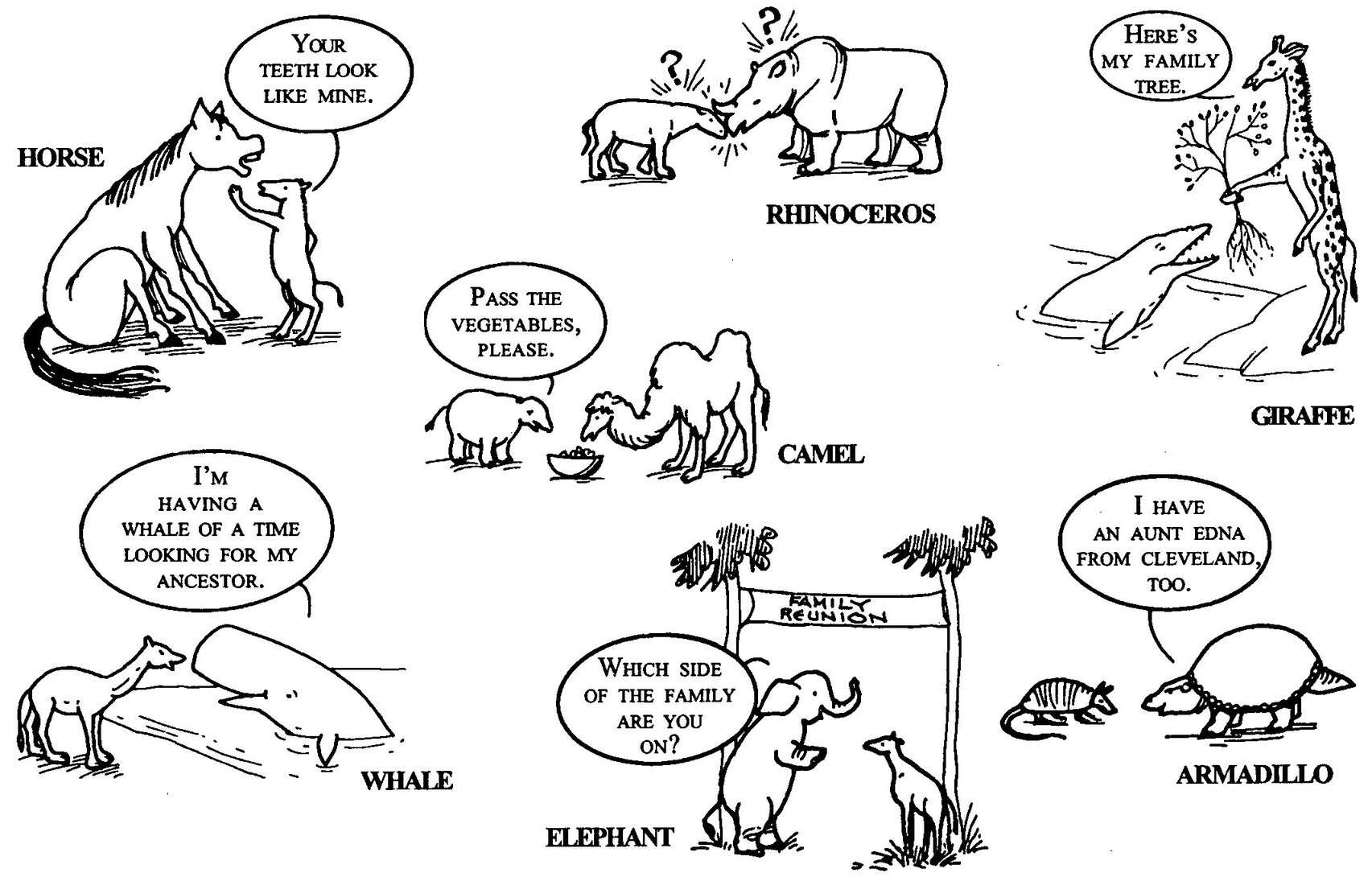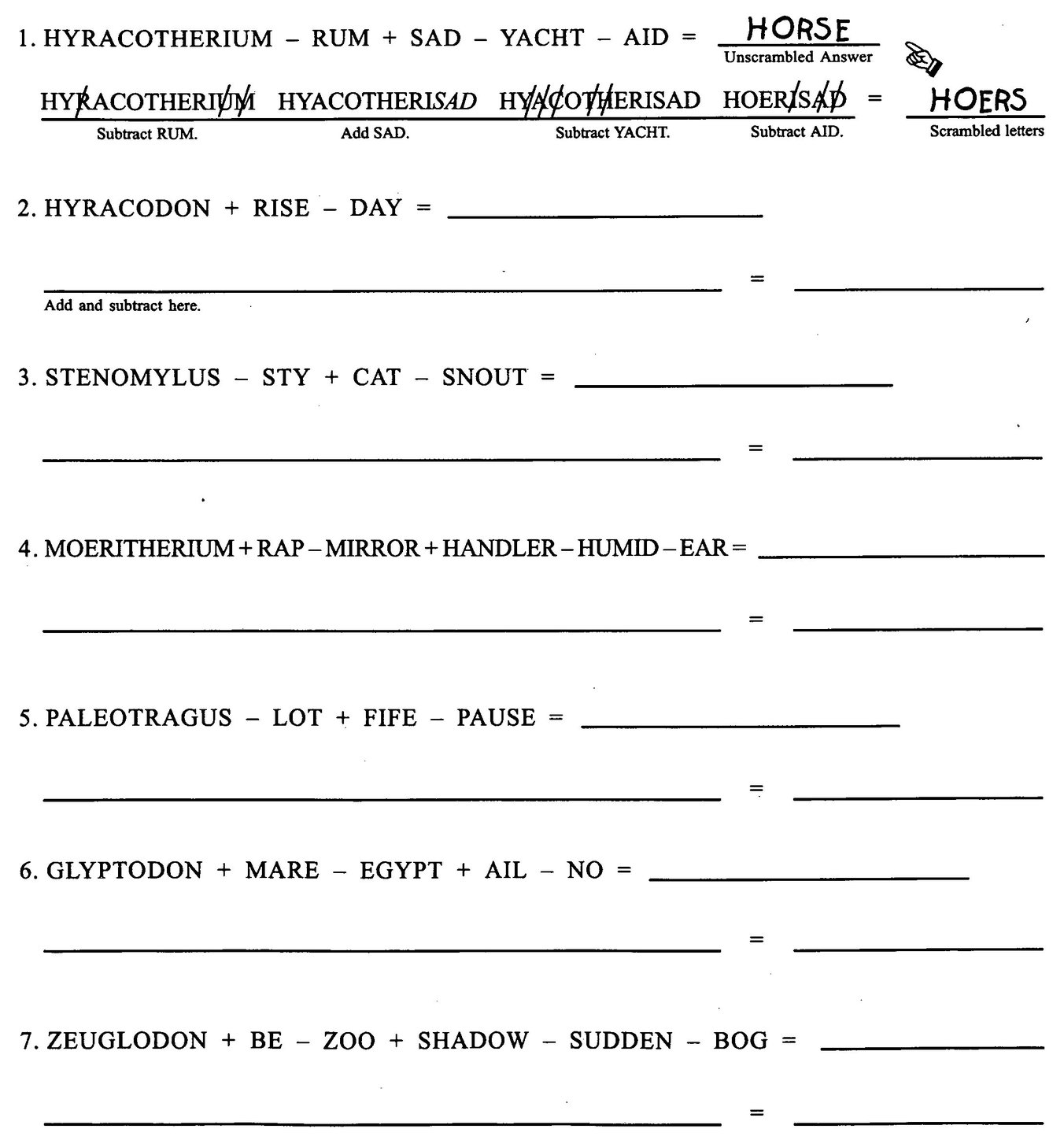Make Way for Mammals
After a major extinction there is lots of room for the development of new kinds of animals. When the dinosaurs and other big reptiles died out, it was mammals that evolved rapidly. Mammals are warm-blooded vertebrates with hair. Most mammal mothers give birth to live young and all feed their babies milk from special glands.
The first mammals had been around as long as the earliest dinosaurs, beginning about 200 million years ago. They were tiny, shrew-like animals that evolved from mammal-like reptiles. Some early mammals ate insects and tried to avoid being eaten by dinosaurs! They remained small for about 135 million years; but after the dinosaurs were gone, they evolved into a great variety of very different mammals. They have become the dominant animals on land and, as the ancient reptiles did before them, have even returned to the seas (for example, whales) and taken to the air (bats).
Today mammals live in many different kinds of habitats. Like their ancestors they are meat-eating carnivores, herbivores that eat plant food, or omnivores that eat both meat and plants. We can look at their teeth, as well as the fossil teeth of early mammals, to tell what these animals ate. The teeth of carnivores have always allowed them to stab, cut, and tear meat, whereas most herbivores’ teeth have flat surfaces for crushing plant leaves and stems. Of course, through the ages mammals’ teeth have evolved as they adapted to their changing environments.
Ten million years ago, you would have recognized many relatives of such animals as our present-day wolves, rabbits, lions, elephants, and deer. On the other hand, there were also rhinoceroses with six-foot-long horns, seven-foot-long beavers, armadillos with shells so large that people used their fossils for huts, and giant North American camels!
By 10,000 years ago, however, many of these unusual mammals had disappeared. Perhaps early humans hunted some species to extinction. Habitat changes also affected animal life, as great ice sheets, called glaciers, came and went across some of the Earth for thousands of years. In any case, imagine a landscape full of strange animals that existed just “minutes” before the present on the great calendar of geologic time!

The present-day mammals on page 24 are desperately trying to locate their ancient ancestors. You can help them figure out which one of them evolved from each of the prehistoric animals. First follow the directions to add and subtract letters. Then unscramble the resulting word. The first one is done for you. If you need help, look at the drawings of today’s mammals on the preceding page.
